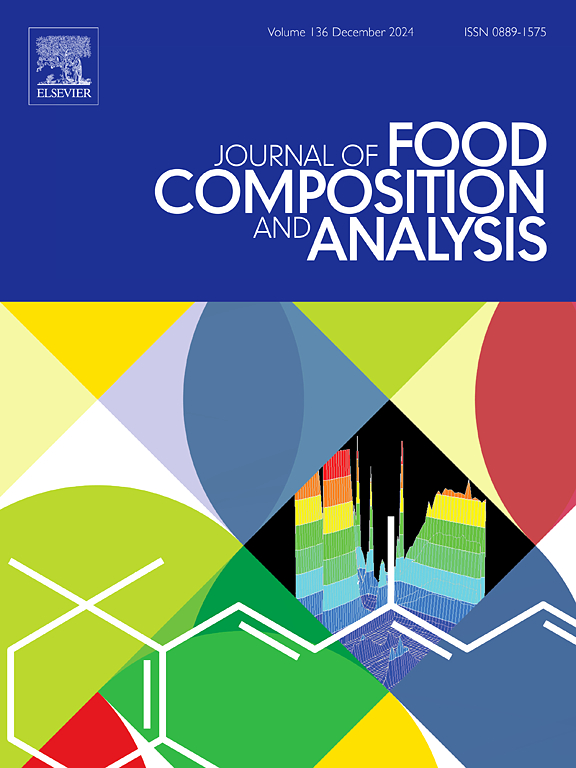Sustainable valorization of olive stone by-products: Opportunities and challenges
IF 4
2区 农林科学
Q2 CHEMISTRY, APPLIED
引用次数: 0
Abstract
Background
The olive stone, a primary by-product of olive oil extraction, is mainly composed of a lignified shell and inner seed. It represents a substantial portion of the olive industry’s biomass waste, contributing over 40 Mt annually. While typically regarded as waste, olive stones contain a variety of nutrients and bioactive compounds like lipids, proteins, phenolic compounds, and minerals found in the seed, as well as fibers in the shell. These elements hold significant value across multiple sectors, including food, energy, and agriculture. These phenolic compounds and nutrients provide notable antioxidant, anti-inflammatory, chemopreventive, and antimicrobial effects, supporting health and disease prevention.
Scope and approach
This review explores the sustainable utilization of olive stone by-products, highlighting their potential to contribute to human health and environmental sustainability. It discusses the practical applications of olive stones in various domains, from functional ingredients in food products and pharmaceuticals to renewable energy sources and soil-enhancing agricultural inputs.
Key findings and conclusions
Olive stones, particularly olive seeds, are rich in dietary fiber (47.6 %), lipids (30.4 %), proteins (13.5 %), and phenolic compounds (8.10 %), especially nüzhenide, nüzhenide 11-methyl oleoside and methoxynüzhenide, and demonstrate a range of health-promoting properties. Additionally, they are shown to benefit metabolic health by combating disorders such as diabetes, hyperlipidemia, obesity, and cardiovascular and neurodegenerative diseases while also protecting organ functions like those of the liver and kidneys. The review underscores the promise of olive stone by-products as a sustainable, health-benefiting resource in circular economy practices within the olive oil industry.
求助全文
约1分钟内获得全文
求助全文
来源期刊

Journal of Food Composition and Analysis
工程技术-食品科技
CiteScore
6.20
自引率
11.60%
发文量
601
审稿时长
53 days
期刊介绍:
The Journal of Food Composition and Analysis publishes manuscripts on scientific aspects of data on the chemical composition of human foods, with particular emphasis on actual data on composition of foods; analytical methods; studies on the manipulation, storage, distribution and use of food composition data; and studies on the statistics, use and distribution of such data and data systems. The Journal''s basis is nutrient composition, with increasing emphasis on bioactive non-nutrient and anti-nutrient components. Papers must provide sufficient description of the food samples, analytical methods, quality control procedures and statistical treatments of the data to permit the end users of the food composition data to evaluate the appropriateness of such data in their projects.
The Journal does not publish papers on: microbiological compounds; sensory quality; aromatics/volatiles in food and wine; essential oils; organoleptic characteristics of food; physical properties; or clinical papers and pharmacology-related papers.
 求助内容:
求助内容: 应助结果提醒方式:
应助结果提醒方式:


